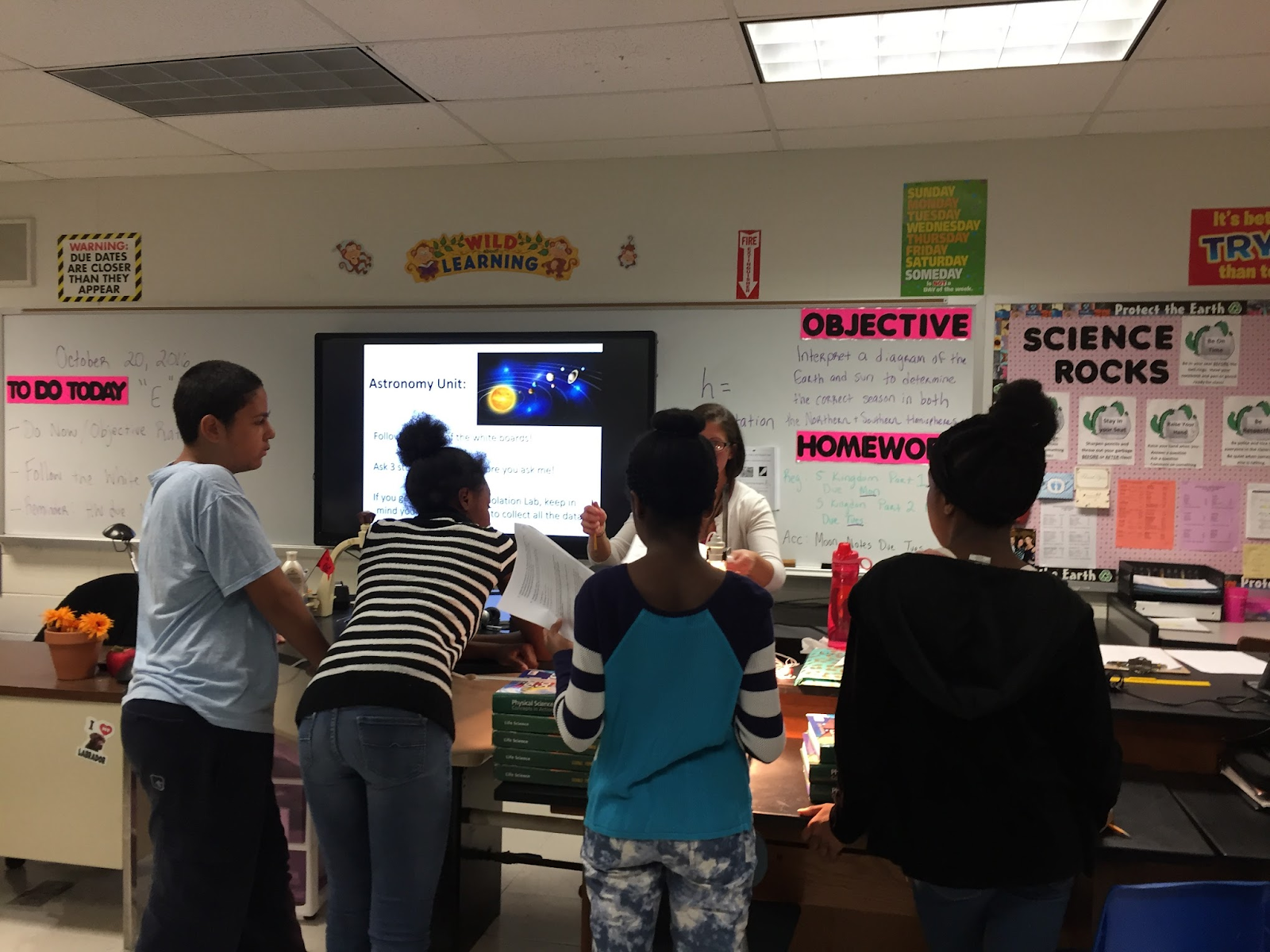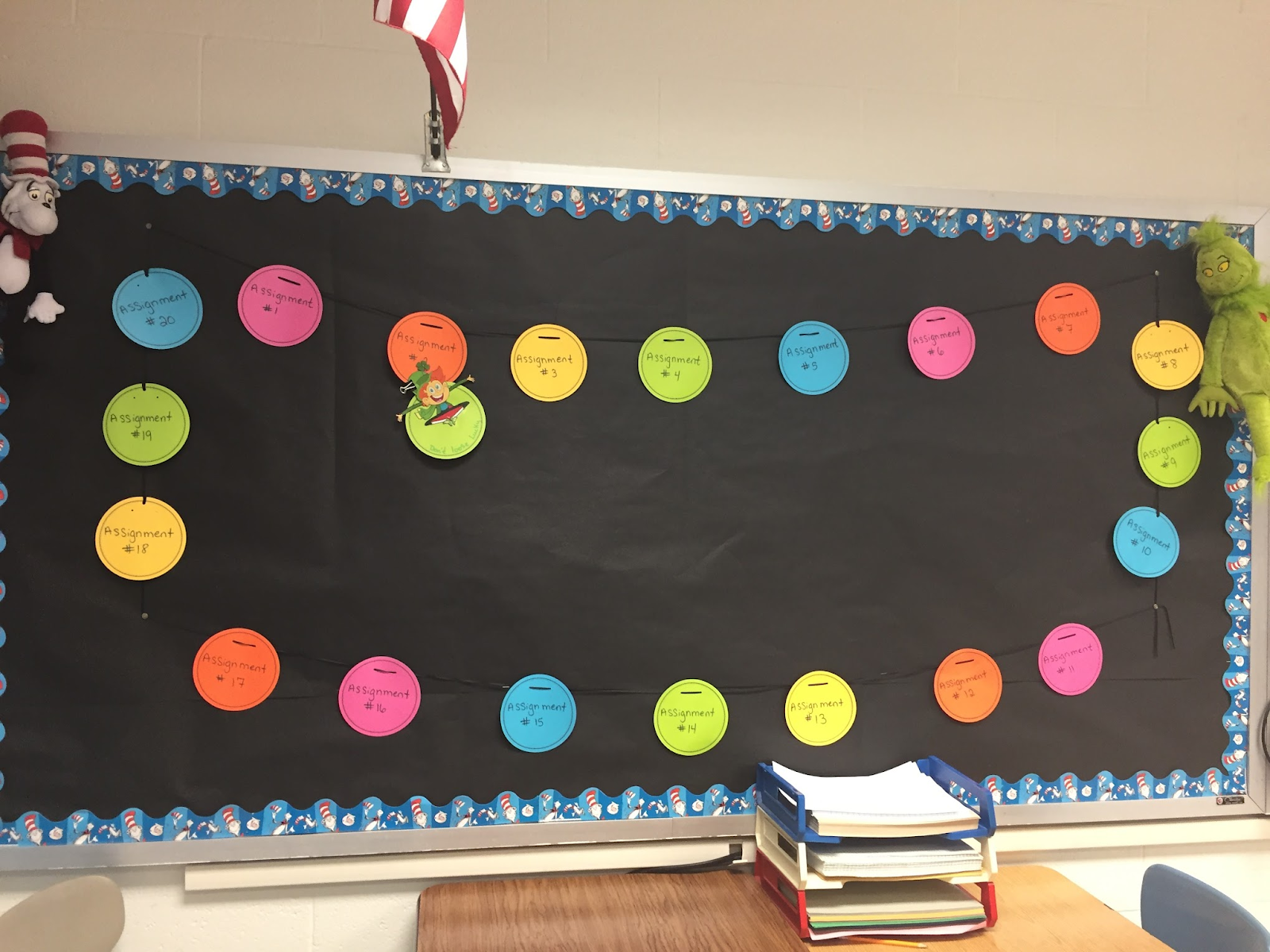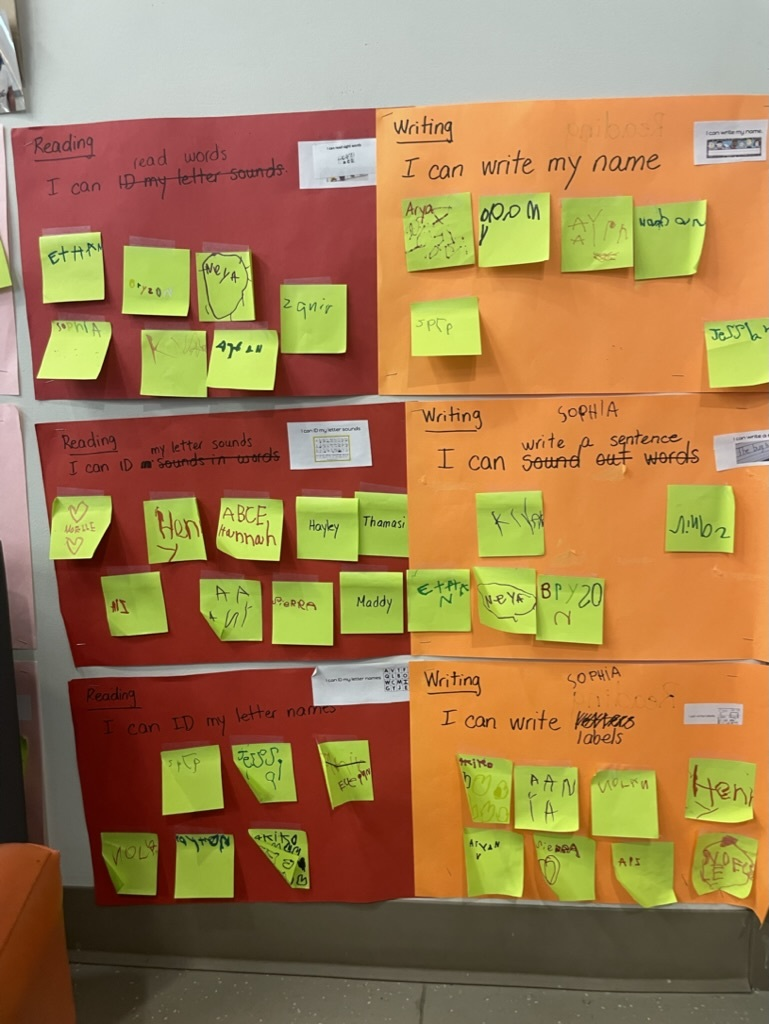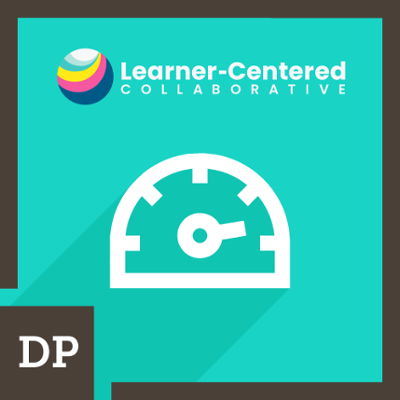Move On When Ready
NOTE: This strategy is part of the self-paced Use Assessment as a Tool for Learning Course
Learners are empowered to progress through the learning experience based on their demonstration of the desired skills and knowledge. This can be as small and contained as learners working through the writing process at their own best pace based on formative checks, or as comprehensive as not moving on to the next unit until mastery of the prior learning objectives is demonstrated. For learners to move on when ready, a prerequisite is clear learning objectives and assessments to measure understanding of the material. Once a learner has demonstrated proficiency in a competency, they can move on to the next one. This allows learners to progress at their own pace and encourages them to take ownership of their learning.
Bright Spots
Gain inspiration from authentic examples of this strategy shared by teachers who have used them with their learners.
Creating your own Bright Spots? Let’s get them out into the world! Share yours here.





